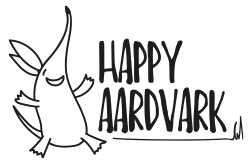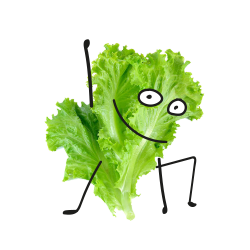
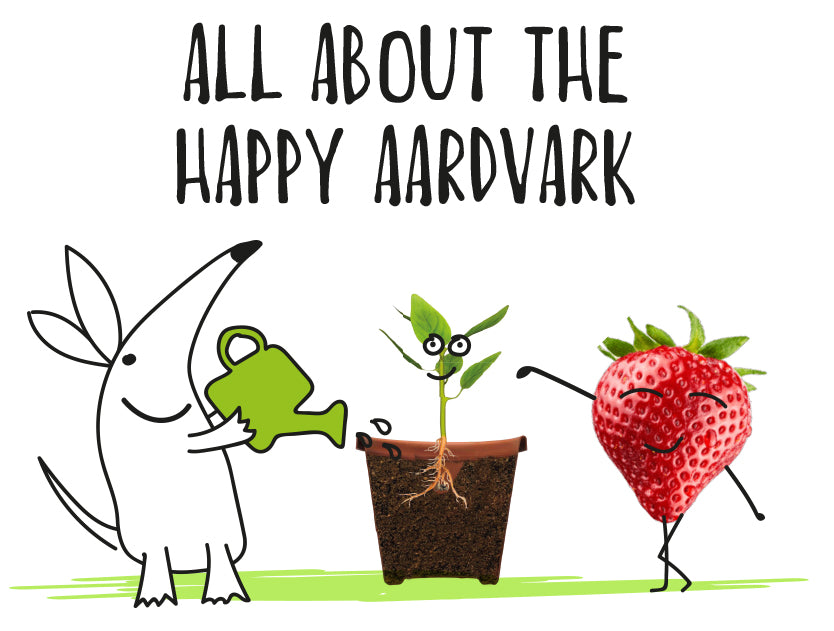
NURTURING FUTURE CREATIVITY
Aardvarks are one of the most eco-friendly animals on the planet, they use their long, powerful claws to dig underground burrows in which they sleep and care for their young. Some of these burrows are temporary, primarily used for protection, and as a result numerous species including ones under threat, such as warthogs, porcupines, and African wild dogs, are known to utilise old aardvark burrows as homes. By reusing these abandoned structures, these animals conserve energy and resources, and aardvarks indirectly contribute to the well-being of other species within their ecosystem, fostering diversity and inter-dependence. We think they are pretty great!
However, for all their kindness to their fellow animals, the planet is becoming a much more difficult place for the aardvark to prosper, similar to other species they face threats, including habitat loss from agri- cultural development and a decline in insect prey due to pesticides. They are also acutely affected by cli- mate change, covered only by sparse fur, aardvarks are not well insulated, and sensitive to fluctuations in environmental temperature. At most times of year aardvarks avoid the heat of the day and only emerge after dark, when temperatures are cooler. However, when night-time temperatures become uncomfort- ably cold during winters, aardvarks shift their activity times earlier and leave their burrows in the late af- ternoon to avoid the frosty night air. Aardvarks need to spend substantial time above ground foraging for their prey.
In the Kalahari summer drought of 2012/13 a large number of aardvarks died as they were unable to access the ants which had moved deep underground during the drought. In an attempt to compensate for the lack of food, aardvarks extended their foraging times into the daylight hours, thereby exposing themselves to high environmental temperatures.
As climate change takes effect and conditions become hotter and drier in places like Africa, species are likely to become more dependent on aardvark burrows for refuge from extreme temperatures. Here-in lies the problem. As ecosystem engineers, if the aardvark’s survival is threatened by climate change, so too is the persistence of its fellow burrow users.
So who better than to name our eco-friendly stationery range after than the Aardvark, an ingenious eco- system engineer, made all that happier by its very own plantable stationery!
SOME PLANTABLE STATIONARY FACTS!
-
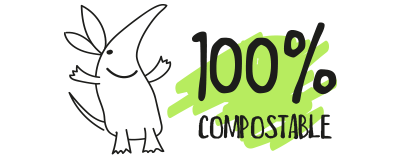
Our Earth loving Happy Aardvark greeting cards are 100% compostable
-
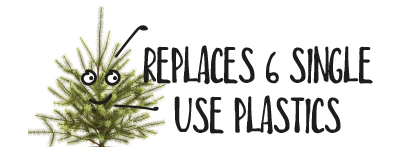
Every Tree pen you buy replaces six pieces of single use plastics
-
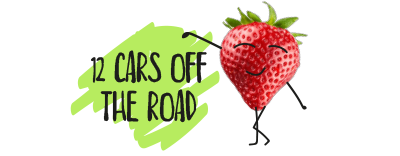
1,000 pens / pencils are equivalent to taking 12 petrol cars off the road for 50 years.
